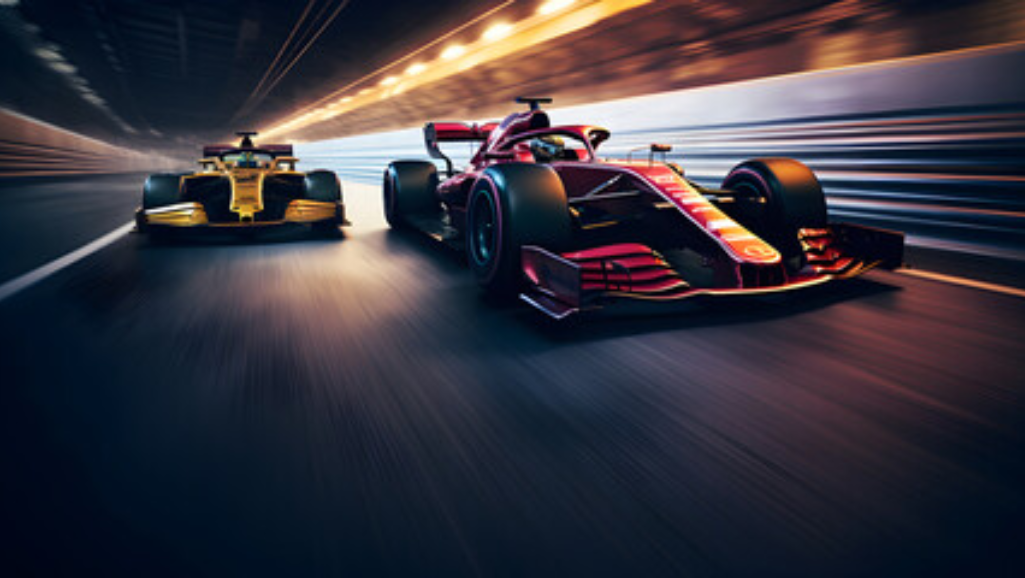Do you ever wonder how fast F1 cars go in a race? Well, get ready to be blown away. These powerful machines can reach mind-boggling speeds, pushing the limits of human engineering and skill. With top speeds exceeding 220 mph, F1 cars are the epitome of speed and precision. In this article, we will delve into the average speeds of F1 cars, explore the top speed records in F1 history, and uncover the factors that influence these lightning-fast speeds. Hold on tight, because we’re about to take you on an adrenaline-fueled ride.
Average Speeds of F1 Cars
During a Formula 1 race, F1 cars reach average speeds of around 220 miles per hour. These incredible speeds are achieved on different types of F1 tracks, each presenting unique challenges for the drivers. The tracks can vary in terms of their length, layout, and surface, all of which influence the speed at which the cars can travel.
One type of F1 track is the high-speed circuit, characterized by long straights and fewer tight corners. These tracks allow the cars to reach their maximum speeds, as there are fewer obstacles to slow them down. On the other hand, street circuits, like the Monaco Grand Prix, have narrow roads and numerous tight corners, which significantly reduce the average speeds.
Apart from the track type, weather conditions also play a crucial role in determining the speed of F1 cars. Rain, for example, can drastically affect the grip levels of the track surface, making it more slippery and requiring the drivers to reduce their speeds. Strong winds can also impact the aerodynamics of the cars, making it harder for them to maintain high speeds and stability.
Top Speed Records in F1 History
To delve into the realm of top speed records in F1 history, let’s now explore the astonishing velocity achieved by these racing machines. The fastest F1 cars in recent years have reached mind-boggling speeds that push the boundaries of what was once thought possible on a race track. The impact of aerodynamics on F1 car speeds cannot be understated, as cutting-edge designs and advanced technologies have allowed teams to optimize every aspect of their vehicles for maximum speed.
Here are some notable top speed records in F1 history:
- 231.5 mph (372.6 km/h) – In 2005, during the Italian Grand Prix at Monza, Juan Pablo Montoya set the record for the fastest ever lap in an F1 race. His McLaren MP4-20 clocked an incredible top speed on the long straights of the iconic circuit.
- 231 mph (372 km/h) – In 2018, Kimi Räikkönen, driving for Ferrari, reached this impressive speed during the Mexican Grand Prix. The high altitude of the track, combined with the low drag setup of his car, contributed to this blistering top speed.
- 230 mph (370 km/h) – In 2016, Valterri Bottas achieved this remarkable speed during the qualifying session for the Mexican Grand Prix. His Williams FW38 showcased the incredible power and aerodynamic efficiency of modern F1 cars.
- 229.9 mph (370 km/h) – In 2019, Sebastian Vettel, racing for Ferrari, recorded this impressive top speed during the Italian Grand Prix at Monza. The long straights and low drag setup of his car allowed him to reach these incredible velocities.
- 228.7 mph (368.6 km/h) – In 2017, Lewis Hamilton, driving for Mercedes, achieved this phenomenal top speed during the Mexican Grand Prix. The combination of engine power, aerodynamic efficiency, and optimal track conditions played a crucial role in this record-breaking moment.
These top speed records serve as a testament to the relentless pursuit of speed in Formula 1 and the constant advancements in aerodynamics that continue to push the limits of what these machines can achieve.
Factors That Influence F1 Car Speeds
One key factor that greatly influences the speeds of F1 cars is the amount of downforce they generate. Downforce is the aerodynamic force that pushes the car down onto the track, increasing traction and allowing for higher speeds through corners. F1 cars are designed to generate as much downforce as possible to maximize their performance.
Another crucial factor is the engine power. F1 cars are equipped with highly advanced and powerful engines that produce incredible amounts of horsepower. The engine power, combined with the aerodynamic efficiency, allows these cars to reach astonishing speeds on the straights.
To give you a better understanding of how these factors impact the speed of F1 cars, take a look at the table below:
| Factor | Influence on F1 Car Speed |
|---|---|
| Aerodynamics | High |
| Engine Power | High |
As you can see, both aerodynamics and engine power have a significant influence on the speed of F1 cars. The aerodynamic design of the car and the power output of the engine work together to create the perfect balance between speed and stability on the track.


